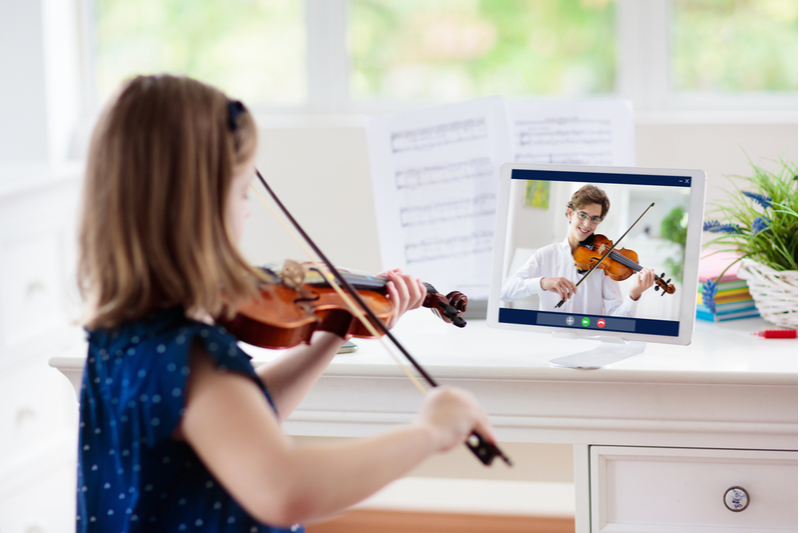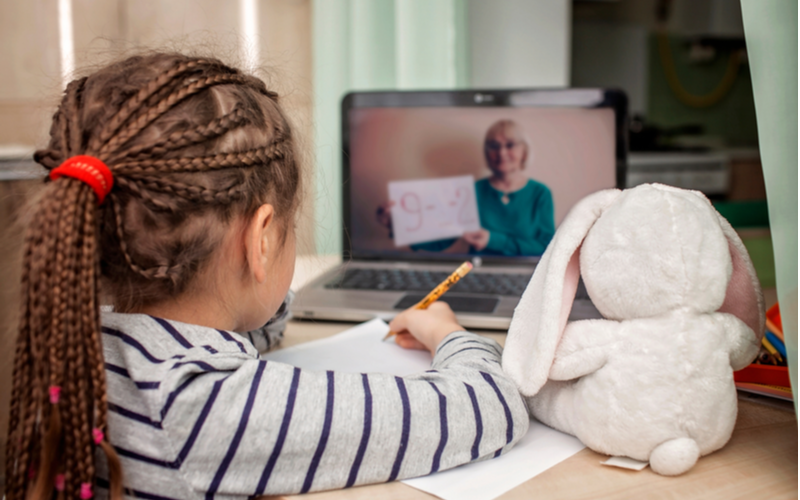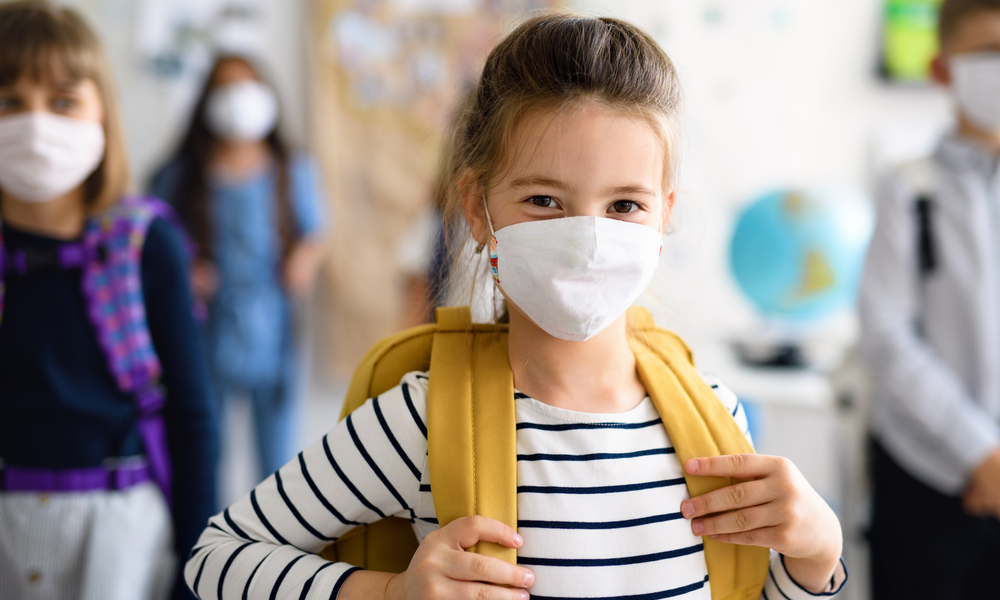Educational terms are popping up all over the place in the COVID-19 era, with many of them both new and confusing. Hybrid, blended, and distance learning, for instance, are educational terms that may be unfamiliar to parents (or anyone else who is not a teacher). In addition to these terms there is the concern about daily health screening protocols, face covering requirements, social distancing, Commercial Building Disinfecting solutions, entry screening and contact tracing. Parents may wish they understood more than they do about these fancy-sounding educational terms and protocols and what they mean for their children. For this reason, we’ve created six short and easy-to-understand definitions for some of the most common educational terms you might be hearing about now, as we’re confronted with the latest realities of educating our children during the global pandemic:
6 Educational Terms Explained
- Distance or Remote Learning: a method of studying in which students learn outside of the classroom. In distance learning, students may not attend classes in a physical classroom. Instead, learning may be conducted over the internet, for instance in a Zoom classroom, or through correspondence, for instance through receiving and submitting assignments by email.
- Active and/or Engaged Learning: a method of learning that goes beyond listening, reading, and watching, to actively engage students so they take in more information during learning time. In active/engaged learning, children develop skills and knowledge instead of memorizing facts. Learning games and discussions are two types of active/engaged learning techniques. Experiential learning, where children learn through an experience, such as by conducting an experiment in a lab or in the home kitchen, is a kind of active or engaged learning.
- Blended Learning: a style of education in which students learn using a combination of educational tools and techniques. In blended learning, children may be learning part time in the traditional classroom, while also using technology to learn from home, in an online setting. It is the combination of face-to-face learning and remote learning that makes this a blended learning experience. But blended learning also means making use of a variety of educational tools, for instance teaching students through the use of books, technology, and writing assignments.

This little boy, happily taking notes while using a tablet, illustrates the educational term “blended learning.” - Hybrid Learning: an education plan in which teachers use the right combination of learning techniques to give students the best possible learning experience. Many people think that blended learning and hybrid learning are the same thing. Blended learning only means using a combination of learning techniques, while hybrid means finding the ideal blend of learning techniques to promote learning in a particular student or group of students.

This little girl learns music best through a teacher’s online demonstration as she plays along at home, illustrating the educational term “hybrid learning.” - Personalized Learning: in personalized learning, the teacher creates a learning experience to help the individual student get the most out of learning time outside of the classroom. In planning the student’s curriculum for independent learning time, the teacher takes into account the student’s individual skills, strengths, needs, and interests. If the student learns best through reading, there will be lots of reading. If a student learns best through visual arts, there may be lots of drawing to flesh out a history lesson, for instance.
- Synchronous and Asynchronous Learning: in synchronous learning, students learn with their teachers and classmates face-to-face in the physical or virtual classroom. In asynchronous learning, the student works alone, independently. Blended or hybrid learning may make use of both synchronous and asynchronous learning.

A little girl takes an online class face-to-face with her teacher illustrating the educational term “synchronous learning”
Now that you have a clearer understanding of what these educational terms mean, you may be closer to seeing how teachers may be combining these learning techniques to give children the best possible learning experience right now. Most teachers making use of blended or hybrid learning, for instance, are also personalizing learning to make the most of students’ independent study time: time spent learning alone. If students are learning geometry in the classroom, for example, they may be asked to go on a scavenger hunt for geometric shapes inside their homes, blending class and remote learning time for a more complete learning experience, and personalizing learning by using familiar objects at home.
Coronavirus is still new and strange to us all, so play it safe and avail of disinfection services. Educating our children right now can feel at times like the educators are conducting an experiment, with all the new-fangled educational terms cropping up. The good news is that children are resilient. Somehow, they will manage to get an education and get ahead, in spite of the fancy educational terms and teachers inexperienced with these new learning methods. Our children must be educated, because they are the future in which COVID-19 is done away with for good, and life and school get back to normal. Just be sure to always pay attention to COVID 19 Disinfection, our family’s health is what’s important at the moment.
